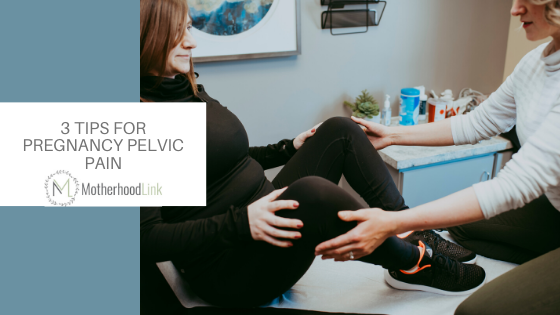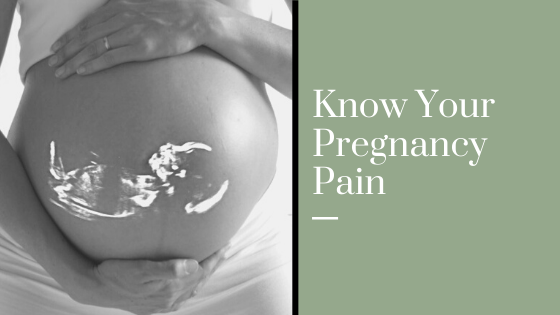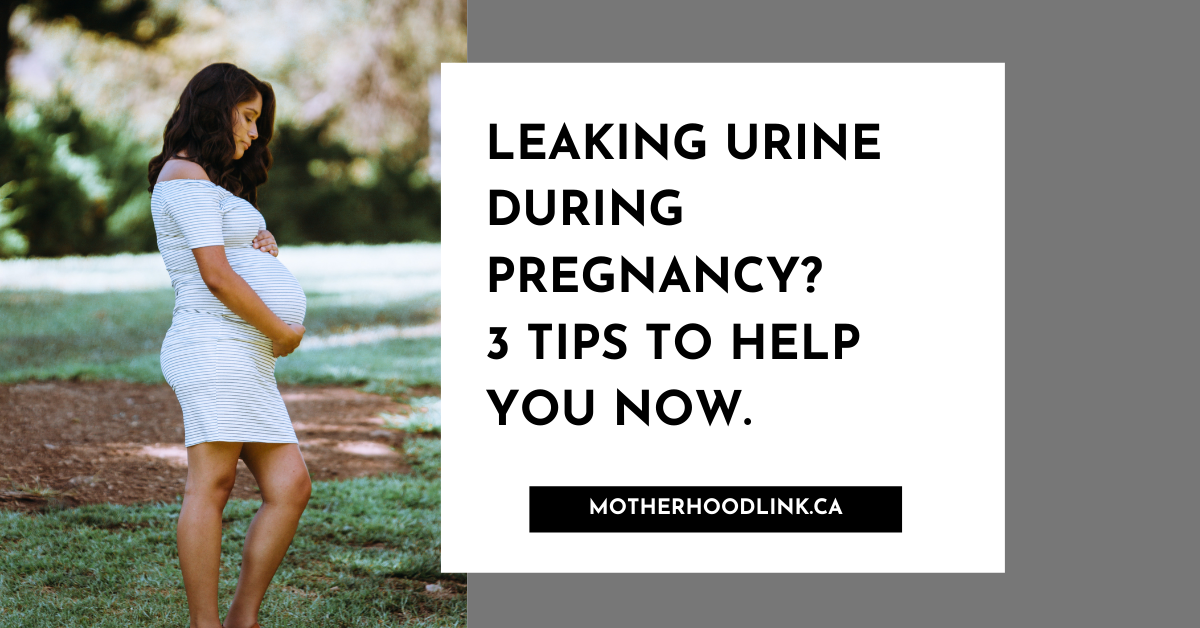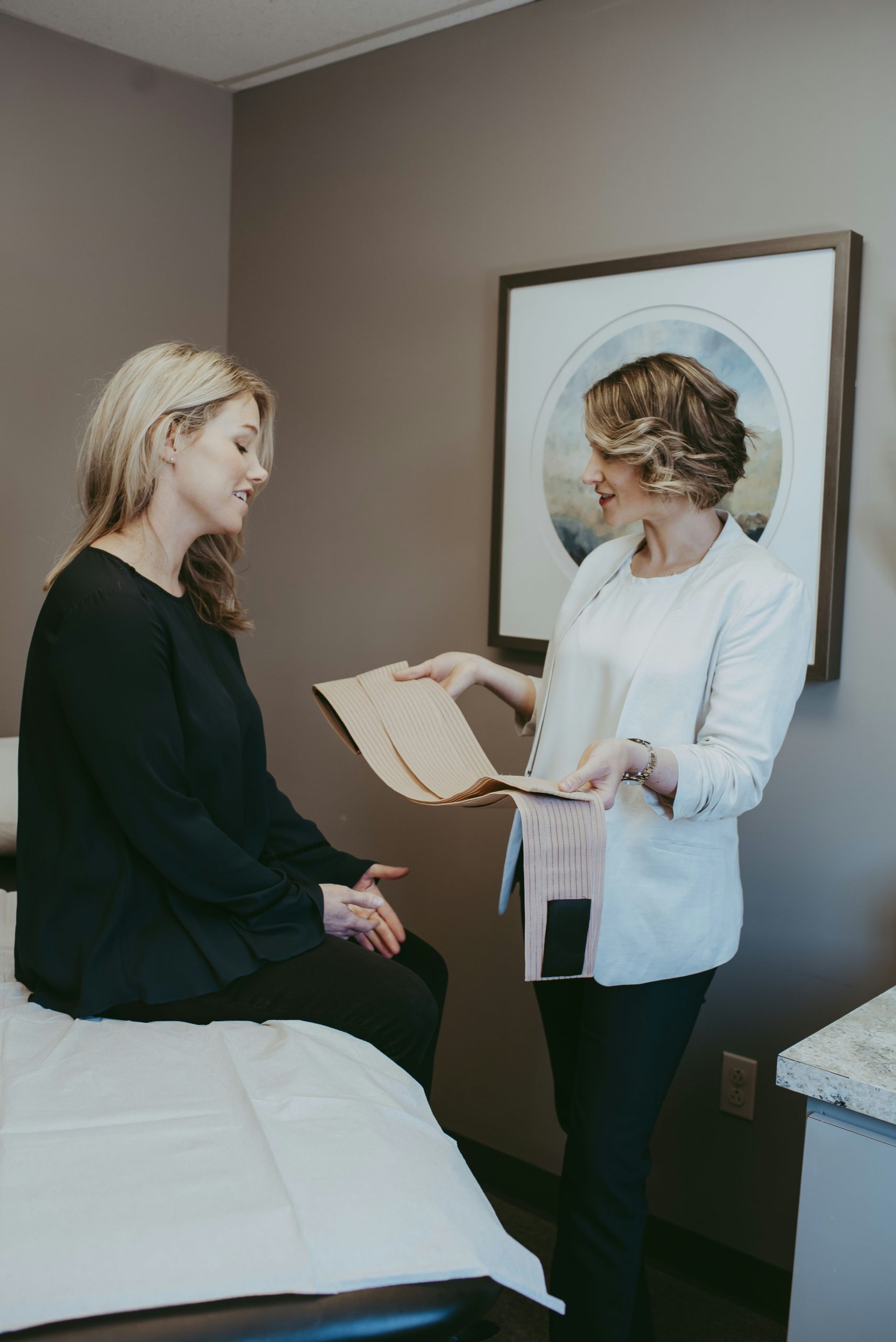Pelvic pain during pregnancy is not unusual, but it can be very bothersome, distressing and seriously interfere with your ability to move. Read on for our 3 best tips to help with pregnancy pelvic pain.
Officially called Pregnancy Related Pelvic Girdle Pain (PPGP), it is felt anywhere across the top of the back part of the pelvis, into the buttocks and sometimes wraps around the hips, and runs down the thighs. Often this also includes pubic bone pain, or pubic symphysis dysfunction (PSD). The pain can be felt in all of these spots, a few of them, or just one. It can be felt on one side, both sides, or can be very central.
PPGP usually arises during pregnancy, but can occur during delivery and extend into the post-pregnancy period. The pain can be continuous or come and go; it can be sharp, burning, achy or tender and can also be very inconsistent. Typically, pain occurs with walking, prolonged standing, bending, lifting, climbing stairs and rolling over in bed. However, sometimes you might get it with a certain activity (like getting up from a chair) and then the next day it will be gone…and then back again.
So what are our top 3 tips to help with Pregnancy Pelvic Pain?
- Try this exercise:
- Check out The Rost Moves Mamas App for android and apple devices. This app suggests ergonomics for a variety of daily activities that can help reduce the load (and thus pain) on your pelvis. Having pain vacuuming? They’ve got ergonomics for that. Uncomfortable in the car? They can offer tips! Check out the link from Google Play here and for the app store here.
- Wearing a maternity belt. Or maybe not. We get asked about maternity belts all the time. And our answer? Only if you need to. Generally, we see an improvement in pelvic pain with pelvic exercises combined with improved ergonomics. If that’s the case, we would rather you not be dependent on a maternity belt. Now, we do make an exception to this rule if we know a mama has to be on her feet A LOT. We’re looking at you nurses, teachers, waitresses, hair stylists, full time SAHMs. You get the idea. When you can’t take the breaks that you need, or change your ergonomics easily, then we do recommend a maternity belt. Use them as needed. Here is one that we really like – check to make sure that you purchase the correct size. FYI – they do not work all that well when you are sitting – they tend to ride up and lose support. So pregnant women who are working at a desk, you are better off using good ergonomics, adjusting your chair and changing positions often to help. Unsure if a maternity belt would be right for you? Take one of your current belts (wider is better) and fasten it snuggly around your pelvis – not your waist. If this helps at all, then you will likely get some relief from a maternity belt.
A large majority of women who experience pregnancy pelvic pain get complete relief after delivery. Occasionally there are some who experience pain following pregnancy. For these women, we often continue treatment into the postpartum period.
What we really want women to know is this; there are many ways to treat and manage pregnancy related pelvic girdle pain. Often times, something can be done to lessen discomfort, improve pain levels, or get rid of symptoms all together. Just because you have pain with one pregnancy does NOT mean that you will necessarily have pain with a following pregnancy. But the sooner you get the problem under control, the better. Talk to your doctor or obstetrician about finding a therapist who has experience working with pregnant women.
Katie & Eryn
Motherhood Link
Want to learn more about different types of pregnancy pain conditions? Click HERE.
Looking for more information specifically for vaginal pain/pressure? Check out this article.
Looking to prepare your core and pelvic floor muscles for birth? Check out our online course HERE.
Please remember, if you purchase any products from our site a small percentage comes back to us. Thank you!






